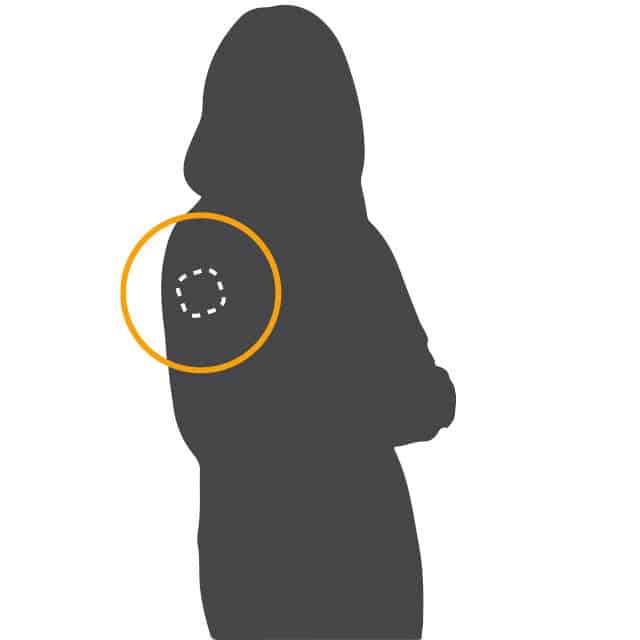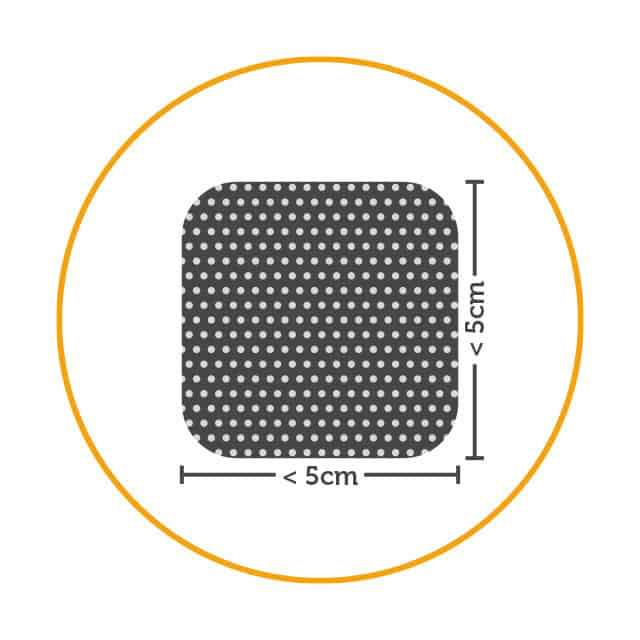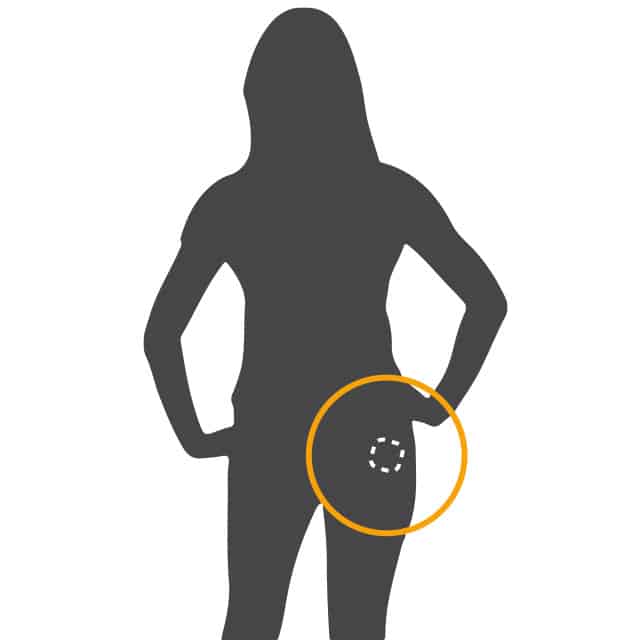Contraception
Contraceptive patch
The contraceptive patch is a small beige patch applied to the skin like a plaster. It is 5cm by 5cm in size and releases hormones through the skin that prevent pregnancy by controlling your fertility.
Some key facts:
- The patch is over 97% effective when it is used correctly
- You wear each patch for one week, and change it every week for three weeks. You then have a patch-free week
- It protects against pregnancy but not sexually transmitted infections (STIs). To protect against STIs you will also need to use a barrier method of contraception, such as condoms
- You don’t have to think about it every day, you only have to replace the patch once a week
- You can wear the patch in the bath or swimming pool
- You usually experience a monthly “withdrawal bleed”
- It can help with heavy periods and pre-menstrual syndrome (PMS)
- It can help with acne
- The patch is not affected by diarrhoea or vomiting because the hormones don’t need to be absorbed by the stomach
- Some medicines can affect how well the patch works
- It contains two hormones, oestrogen and progestogen, which are similar to the hormones produced naturally in women’s ovaries
Contraceptives are available for free from Umbrella clinics, and your GP can prescribe contraceptives.



Not sure which type of contraception is right for you? Worried because you’ve had sex without a condom? Let us help you choose the right option.
For detailed information on the contraceptive patch, please see the NHS website.
See the FPA website for a range of downloadable leaflets on contraception.
Other short-acting methods
FREE STI kit
Take your own samples at home and return
them to us for testing, all for free…
Service locator
Need more help? Find local GPs, clinics and pharmacies to
provide further help and support…
Free condoms
Condoms are available for free from Umbrella
clinics and pharmacies, and from some GPs.